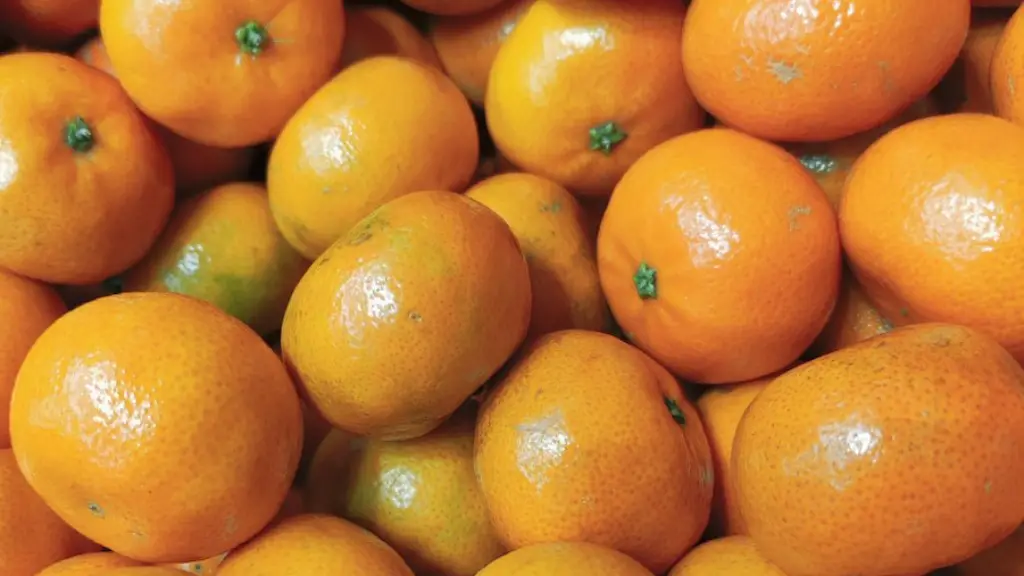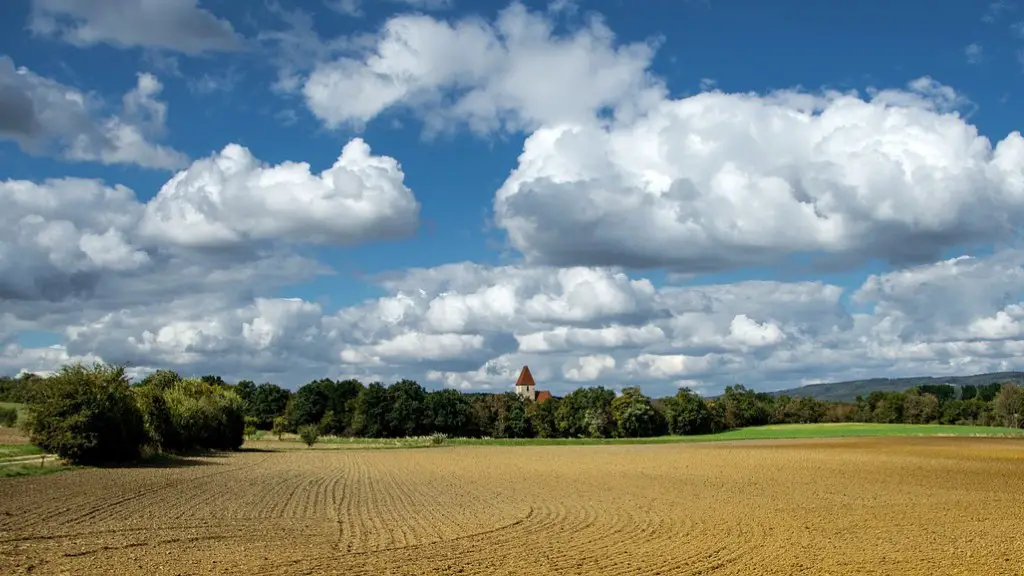Agriculture and technology go hand in hand, and agricultural technology is an integral part of modern life. Technology has had a tremendous impact on the way farmers operate today and has allowed them to increase output, efficiency and quality in the production of agricultural goods. Technology is an important tool for agricultural production, offering numerous benefits in the areas of cost savings, efficiency, quality, and safety.
Improved Efficiency
The use of technology in agriculture increases efficiency, which leads to faster and better output. By making use of advanced technologies like geographic information systems, satellite imagery, and high-tech sensors, farmers are able to monitor crop health, identify potential problems and take a more proactive approach to crop management. Automated systems and computerized machines, like combines, tractors and harvesters, reduce manual labor requirements and enable more efficient harvesting. Additionally, technology allows farmers to optimize plant growth, fertilizer use and other input costs, reducing the amount of time and money spent on producing agricultural products.
Enhanced Quality
Technology has greatly improved the quality of agricultural products. With the use of sensors and advanced robotic systems, farmers can monitor crop quality more closely, detect potential issues and take corrective actions when necessary. Additionally, the use of genetic modification and other technological advancements allow farmers to produce higher yield, better quality, and hardier crops.
Reduced Costs
The use of technology in agriculture helps to reduce input costs like energy, water, fertilizer, and pesticides. With advanced farming methods, farmers are able to save on labor and fuel costs as well, since machines can do the same jobs with less human effort. Additionally, the use of big data and predictive analytics can give farmers a better understanding of their operations, allowing them to make better decisions and optimize the use of resources.
Improved Safety
Technology can help farmers improve the safety of their operations. Automated systems and robots can be used to reduce exposure to hazardous materials, such as chemicals and pesticides. Additionally, advanced farming techniques like no-tillage farming, which involves minimal soil disturbance, can help reduce soil erosion and prevent soil contamination.
Improved Profitability
The use of technology in agriculture can lead to more profitable farming operations. Technology can help farmers identify areas that are in need of improvement, and make use of automated systems and machines to increase efficiency, reduce costs, and improve quality. As a result, farmers can increase their yields and profits with fewer resources and less effort.
Better Access to Information
Technology has also greatly improved how farmers access and manage information. Advanced sensing technologies, such as satellite imagery and remote sensing, can give farmers access to a wealth of information about their farms, including crop and soil health, weather conditions, pest alerts, and irrigation schedules. Additionally, big data and predictive analytics allow farmers to analyze data more quickly and accurately, allowing them to better understand their farms and make more informed decisions.
Improved Tracking and Traceability
Technology can help farmers improve the tracking and traceability of their produce. With mobile phone tracking, GPS tracking, and other advanced tracking technologies, farmers can better monitor the entire production and distribution process, ensuring that products are of the highest quality, and ensuring compliance with food safety regulations.
Enhanced Animal Care and Well-Being
Technology can also help improve the quality of life for animals on farms. Advanced sensors, cameras and robotic systems can be used to monitor the health and well-being of animals, and allow farmers to intervene quickly if problems are detected. Additionally, technology can be used to automate the feeding and monitoring of animals, and provide better thermal comfort in barns and shelters, allowing farmers to better care for their animals.
Increased Environmental Sustainability
The use of technology in agriculture has also led to a greater emphasis on environmental sustainability. Through the use of satellite imagery, drones and other advanced technologies, farmers can monitor their fields more closely, and take action to reduce the environmental impact of agricultural operations. Additionally, with the use of predictive analytics and big data, farmers can better understand their local ecosystems and the impacts of their operations, and can improve their management strategies in order to more effectively protect the environment.


